True or false: 90 percent of the data in the world was created in the last two years?
True. That’s right, the Egyptians, Romans and Ming Dynasty combined have nothing on us when it comes to generating data, or “content” as it’s often called now. The 4th Estate’s “news” is social media’s content generation. Look around you, everyone is doing “it.” They are blogging, posting, tweeting, emailing, texting, Instagraming, forwarding, sharing, liking. The desire to tell one’s story is as old as time, illustrated in cave etchings throughout the world.
Previously, your story – if it was covered at all – had to “make the news,” meaning it had to be determined worthy of coverage by TV, radio and newspapers. The Collaborative Services blog focused on the news – the 4th Estate – last month. This month, we focus on part of its family tree that is expanding rapidly – social media.
Not all social media is traditionally newsworthy or up to the journalistic standards that the 4th estate demands, but it’s a driving force in the progression of news bypassing papers and journalists and being broadcast directly by the people creating new content.
How we communicate affects how we participate in everything – relationships, communities and government.
To this topic we welcome the insights of Dr William J Ward, a professor of social media at Syracuse University’s S.I. Newhouse School of Public Communication. Known on his website and social media as “Dr. 4Ward” (sounds like “Dr. Forward”), Ward’s field of study is a relatively new phenomenon, but it’s impact has already been massive.
Since the first “weblogs” began appearing about ten years ago, Ward says there has been a fundamental shift in the way people communicate, and it’s continued to grow and evolve. A sort of hybrid of the website and chat room, blogs allowed people to write whatever they wanted, and readers to respond and connect in the speed of the invisible WiFi that now connects us all to each other. This has been taken to even greater heights with platforms like Twitter and Facebook, making us even more accesible, and the evolution toward our brand new social media world all the more immediate.
What this means is that people are more connected now than ever before, and have a world of information at their fingertips. In the 1990s, chatrooms were amazing because they allowed you discuss the latest Microsoft software with strangers across the world. Twenty years later, Twitter connects directly with Bill Gates himself.
As to how this matters, Ward says you only have to look at the Arab Spring to see the potential of social media. Most Americans may still think of blogs, Facebook, Twitter, Reddit and other platforms as a tool for broadcasting opinions on food and funny pictures of cats, but Tunisians and Egyptians used it to help overthrow dictators.
Social media was born and raised in front of a mass audience. We’ve all watched interfaces like Friendster, LiveJournal and MySpace take off like a rocket, only to be discarded like a late night Tweet when something new came along. Gaining a perspective on a relatively novel and ever changing technology can prove an illusive prospect. But Ward has dug in and studied social media like few others, incorporating it into teaching, examining how its been used in ads, and testing its limits. He said he still sees untapped potential for the technology, and believes it will continue to change our world.
Dr. Ward spoke with the Collaborative Services blog about the past and future of social media, sharing what he thinks social media says about communication in the 21st Century.
Social Media seemed to come on the scene really suddenly about ten years ago, and transform how people spread and receive information. Can you talk about what you see as the origins of Social Media? What do you consider the first Social Media platform?
Blogging was one of the earliest forms of Social Media. Web 2.0 and RSS allowed people to connect with people by subscribing to their blogs, commenting on their blogs, and even adding people to blogrolls creating a conversation and social network around blogging. Twitter was introduced as a micro-blog when it first came out in deference to the importance of the blogging concept around creating, sharing, and engaging around content.
We’ve seen a lot in the news about how political campaigns are utilizing social media to keep their supporters engaged. Can you think of any other forms of civic engagement where Social Media has played a major role, particularly in engaging people who may not have otherwise gotten involved through other means in the past?
Social Media helps people to do digitally what they already enjoy doing in the real world… connecting, learning, communicating, creating, collaborating. Thanks to Social Media people are becoming more aware of causes and opportunities that they may never have heard of previously and then are able to organize around what is most important to them.
What did you see as the tipping point for Social Media – when did it penetrate mainstream culture?
The tipping point of Social Media was during the Arab Spring when mainstream media began reporting on the importance of social communications for change, rather than just for sharing silly memes.
What significant changes have you seen – positive or negative – in the way people communicate, and/or disseminate information as a result of the advent of Social Media?
People used to write in longer form a lot more when blogging began. People were writing 1,000 words on blogs. When we moved to status updates on Facebook our posts became shorter. Then micro-blogs like Twitter came along and shortened our updates even further to 140 characters. Now we are even skipping words altogether and moving towards more visual communication with social-sharing sites like Instagram, Pinterest and Vine.
We are also being overloaded with data. According to IBM, everyday we create 2.5 quintillion bytes of data–so much so that 90% of the data in the world has been created in the last two years alone. Data analytics is one of the ways people are using to sort through the fire hose of information to transform data to actionable insights.
What are some examples of successful marketing campaigns that have utilized Social Media?
Social media has become integrated into internal and external communications. Companies that are transforming their cultures to harness the advantages of social media will be the real winners. Ford is an example of a company that has been a leader.
What were some early lessons people took from Social Media when it was still in its infancy? What are some more current lessons users are still learning?
Blogging, social media, new technologies are really just about people connecting. Some people get caught up in the shiny tool or the data and forget that it is about people.
As a Social Media professor, you are obviously very engaged in Social Media, both personally and professionally. How do you find it helpful to you? Do you use it to communicate with students and colleagues? For self-promotion? Both?
Social Media allows me to connect with and learn from the smartest people in the world every day. It allows me to learn with industry thought leaders and innovators to keep up on best practice and see what’s coming next and then integrate this learning directly into the classroom. Social media makes me a better teacher because I never stop learning and experimenting and I am able to help students learn how to do the same. Digital and social technologies will continue to change and many will come and go, but lifelong learning never stops. We need to teach students how not to be afraid to experiment. Social Media is part of a teaching and learning paradigm shift as the world literally became our classroom. Classrooms are as big as we allow them to be. I try to create a sense of fun and adventure to help students be fearless in trying new things and by seeing trial and error as part of the learning experience.
You have a presentation called “Teaching with Twitter.” Can you describe how you teach with Twitter?
Social Media is about continuous learning and collaboration. With Twitter we have a class hashtag that we use as a live back channel during class and as a way to share and stay connected outside of class throughout the week. We also use Twitter advanced search to find innovators and thought leaders to follow and connect with. Twitter lists help us to organize the fire hose of information and we also use data analytics to measure the impact of our efforts on Twitter such as Tweetreach, Social Mentions and Hashtracking and social influence measures like Klout and Kred. We use Twitter but also use many other social tools and digital platforms from LinkedIn, Facebook, Google+ to content curation platforms like Pinterest, and Pearltrees. We use the Hootsuite social media dashboard continuously to integrate all are social media channels and students earn Hootsuite Social Media certification as part of the class. Twitter is a great way to share ideas.
As a social media consultant to a lot of industries, do you see it more suited to some sectors than others? Are there any industries that don’t use Social Media that should?
Business-to-business (B2B) has been slower to adopt social media than Business-to-consumer (B2C) but has even more potential because B2B is built on relationships. Social media is about finding the best tools and digital platforms for connecting with a specific audience. There is no one size fits all.
How does a company measure return on investment (ROI) through Social Media?
ROI for social media depends on the strategy and what you are trying to accomplish and needs to be measured against those goals. ROI could be based on awareness and engagement or it could drive consideration and sales. At the end of the day, if bottom line sales do not happen then a company will eventually be out of business.
Where do you see Social Media headed? How will it continue to morph with more traditional marketing and communication techniques?
Social Media will become integrated into all our communications, devices, and product experiences and will just be a part of how we connect and communicate. Social Media will become just how work gets done and cease to be talked about as a stand alone channel or tool.
——-
Thank for taking to the time to share your insights, Dr. Ward. We look forward to moving 4Ward with you as social media continues to evolve.
Elizabeth Malloy, Associate
Collaborative Services, Inc.




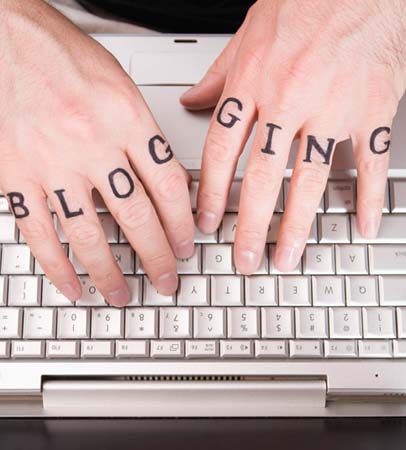

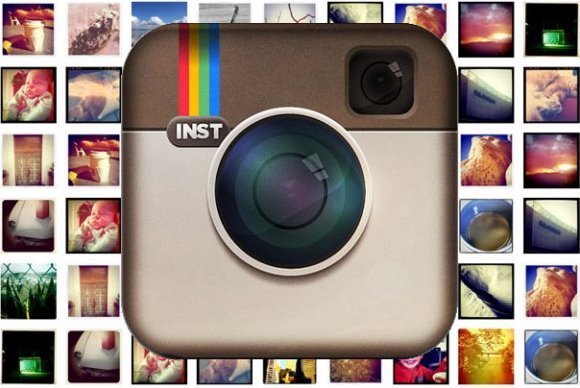
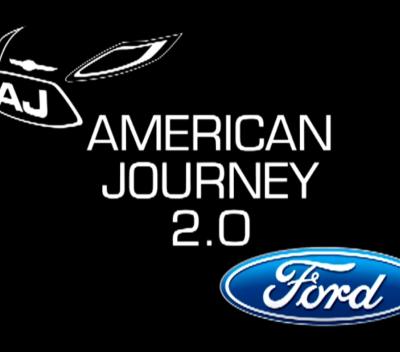

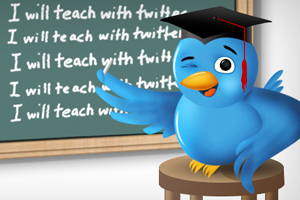
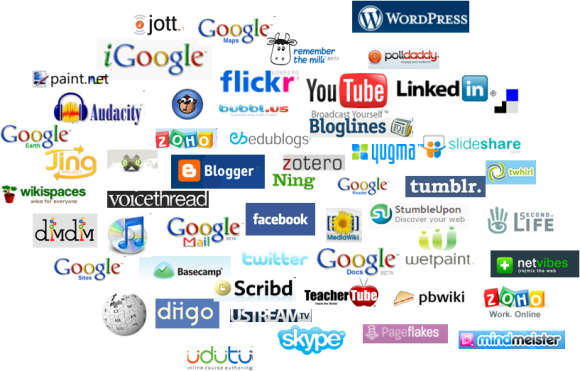
Recent Comments